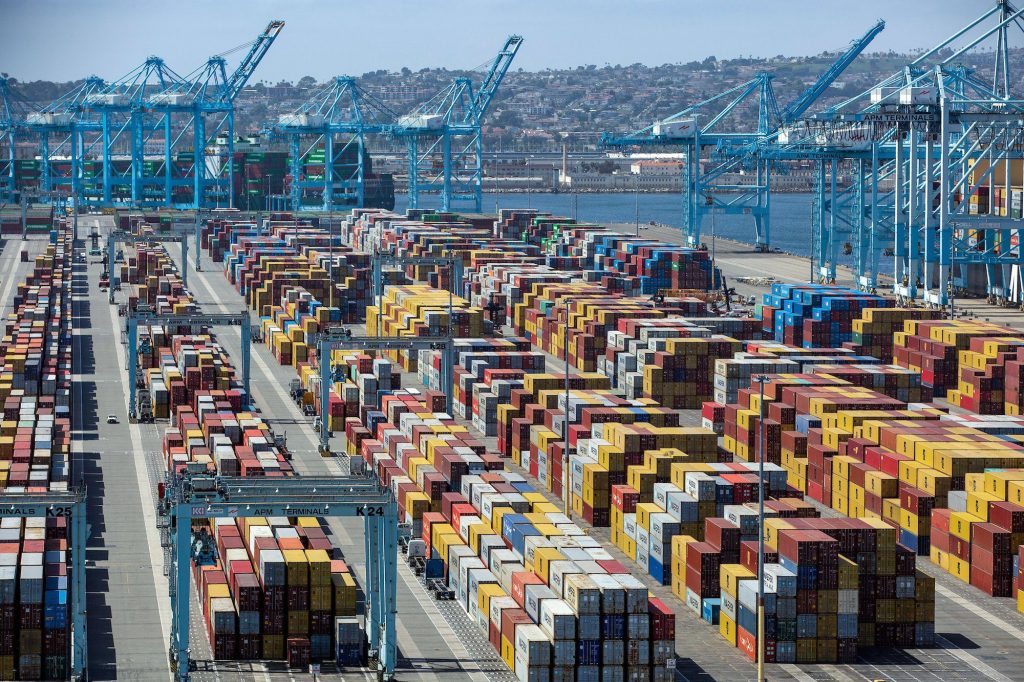
The Port of Los Angeles, located in San Pedro Bay, California, is the busiest container port in the United States. It plays a critical role in global trade and is a primary gateway for goods entering North America. The port handles a significant portion of the nation’s trade with Asia and is renowned for its size and operational efficiency.
The Port of Los Angeles has evolved from a modest facility into a global hub over more than a century. The port's modern history began in the early 20th century when it was dredged and expanded to accommodate larger vessels. As the demand for international trade grew, the port's facilities were further enhanced to handle increasing cargo volumes.
The port has experienced tremendous growth due to its strategic location on the West Coast, serving as the principal gateway for trade with Asia. As the demand for goods from Asia, particularly China, grew throughout the latter half of the 20th century and into the 21st century, the port became a hub for containerized cargo, the most efficient method for transporting goods globally.
Located in San Pedro Bay, Los Angeles, the port is ideally positioned to serve the Pacific Rim countries, especially China, Japan, South Korea, and Taiwan. It is adjacent to the Port of Long Beach, forming the San Pedro Bay Port Complex, which together handles over 40% of all U.S. imports.
The port consists of 27 cargo terminals, including:
Container terminals: These terminals are equipped to handle the largest vessels in the world and feature advanced container-handling technology, including cranes, automated storage systems, and transportation facilities.
-Dry bulk terminals: These handle materials like sand, gravel, and other raw commodities.
-Liquid bulk terminals: These are responsible for petroleum, liquefied natural gas (LNG), chemicals, and other liquid products.
- Automobile terminals: These terminals handle vehicle imports and exports.
Other critical infrastructure includes road and rail links that facilitate the movement of goods across the United States, including the Alameda Corridor, a 20-mile rail expressway that connects the ports of Los Angeles and Long Beach to the transcontinental railroad network.
China is by far the largest trading partner, followed by Japan, South Korea, and Taiwan.
The port is essential in facilitating trade between the U.S. and these nations.
- Major imports include electronics, machinery, textiles, plastics, and automobiles.
- Major exports include waste paper, agricultural products, chemicals, and scrap metal.
The economic significance of the Port of Los Angeles cannot be overstated. The port:
- Supports **over 1.6 million jobs** nationwide, including 650,000 jobs in California alone.
- Contributes **$276 billion in trade value annually**, a figure that continues to grow as global trade increases.
- Is a critical part of the U.S. supply chain, ensuring the flow of goods between the U.S. and its global trade partners, particularly Asia.
In addition to job creation, the port generates significant tax revenue for local, state, and federal governments, and it contributes to the economic vitality of Southern California.